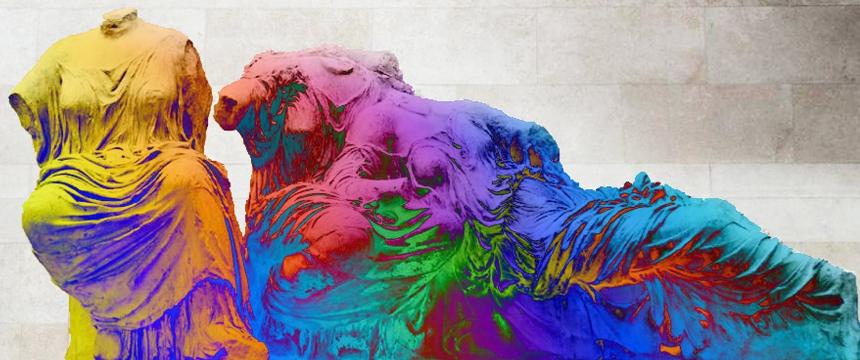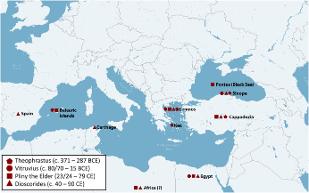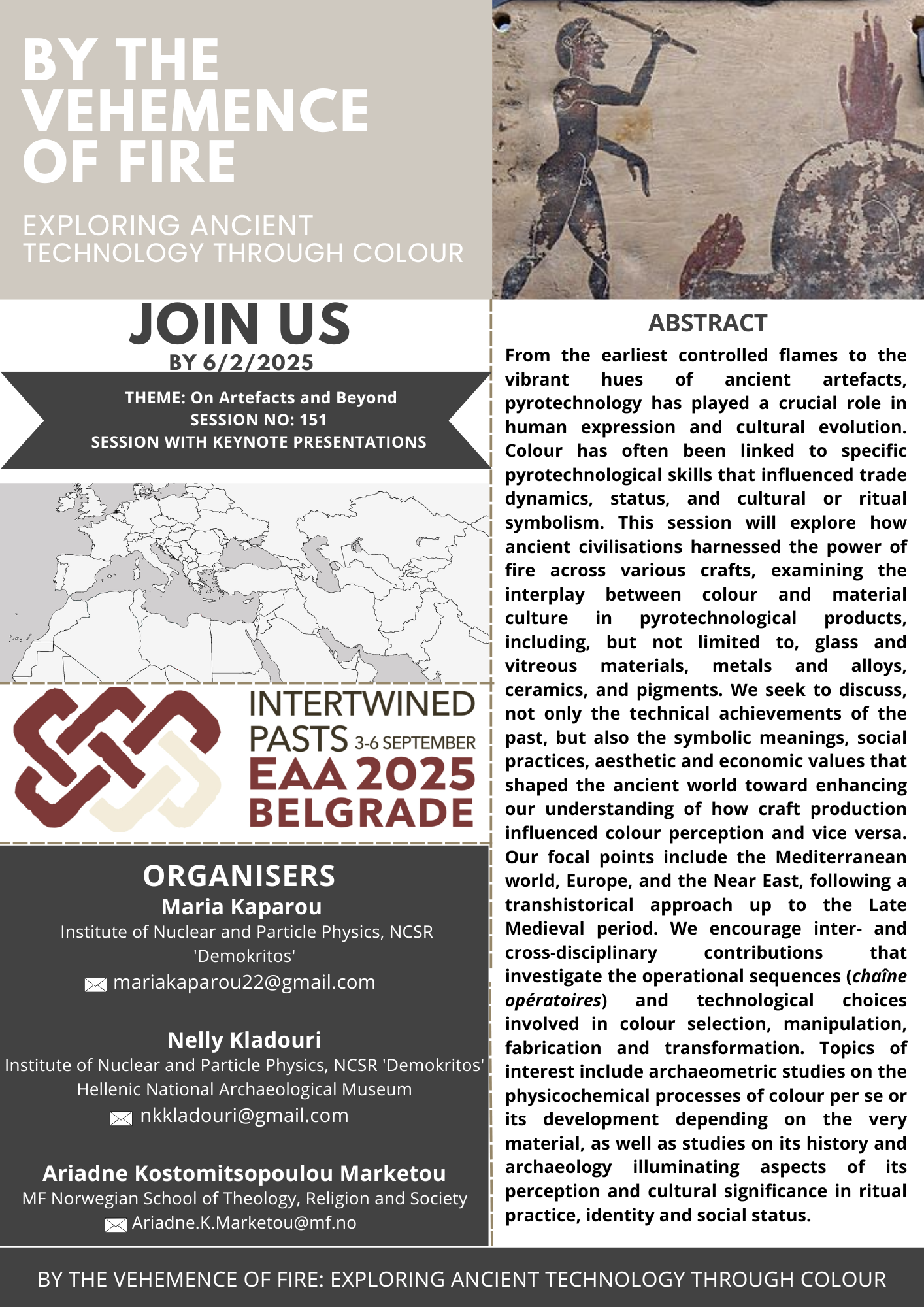
The International Round Table on Polychromy in Ancient Sculpture and Architecture or the “Polychromy Round Table” is a series of meetings dedicated to the study of the polychromy of ancient sculpture and architecture.
The subject of colour in the ancient world has long fascinated scholars. Within the realm of Classical art, historians stretching back to the late eighteenth century have periodically addressed the topic that sculpture and architectural elements from the Greco-Roman world, and beyond, were originally highly coloured.
Recently, interest in this field has once more been reinvigorated by the advent of new scientific techniques and methodologies, as well as by a community of diverse and interdisciplinary scholars, dedicated to the study of the polychromy of ancient sculpture and architecture.
Since 2009, this growing network of scholars has met on a series of occasions(see Past Meetings), first held annually and, since 2016, biennially.
The meetings have a strong tradition of providing an excellent opportunity for experts from a wide range of fields (archaeologists, architectural historians, scientists, conservators, museum and digital humanities professionals) to discuss new research in a stimulating multidisciplinary setting. Papers from a variety of perspectives are encouraged and cover many aspects of polychromy in ancient sculpture and architecture.
The first meeting of the Polychromy Round Table, held at the Ny Carlsberg Glyptotek in Copenhagen in 2009, was made up of only 11 participants. By comparison, 2020's virtual meeting had more than 360 registrants.
Image © Ny Carlsberg Glyptotek
This website collects the experience of these productive and rich encounters at the Polychromy Round Table, in the form of past programmes, abstracts and published proceedings. It also aims to provide a focal point for this network and research community to share news on its investigations, publications and events.
In the inclusive spirit of the Polychromy Round Table and its network, this site also aims to reach out to other researchers who may be considering the subject of ancient polychromy from the Greco-Roman world or relevant comparative studies from their own interdisciplinary viewpoints, geographical areas and time periods.
For further information or to sign up to the mailing list, please email: polychromyroundtable@gmail.com
Join the Polychromy Round Table LinkedIn Group here
Latest information on the next Polychromy Round Table meeting
The 13th International Round Table on Polychromy in Ancient Sculpture and Architecture
will be held in Thessaloniki, Greece.
Autumn 2026.
More information coming soon!
Latest Publications
"Ochres as earth pigments in Hellenistic and Roman polychromy: State of the art and future directions on material origins and trade"
Ariadne Marketou and Alexandra Rodler
Journal of Archaeological Science, 2025, 180, 106276.
Read more here: https://doi.org/10.1016/j.jas.2025.106276
Published online - 30/05/2025.

Upcoming Events
"“By the Vehemence of Fire*”: Exploring Material Culture through Colour” under the umbrella theme ‘On Artefacts and Beyond’" - 31st EAA Annual Meeting Belgrade, Serbia. Session #151.
3rd –6th September, 2025
Organisers:
Ariadne Kostomitsopoulou Marketou
Maria Kaparou
Nelly Kladouri
The session aims to explore the role of pyrotechnology in shaping culture, focusing on the interplay between colour and material culture in pyrotechnological products.
Contributions are welcomed that discuss pyrotechnological materials, including pigments/colourants that are treated through pyrotechnological processes, metals, glass, and ceramics. Our aim is to discuss not only technical achievements of past societies, but also aspects of the symbolic meanings and social contexts tied to colour use, production, and manipulation, across different media. Our geographic focus includes the Mediterranean, Europe, and the Near East, taking a transhistorical approach up to the Late Medieval period. Additionally, we would consider contributions that discuss methodological or theoretical aspects of the interplay between pyrotechnology and colour creation/transformation.
There is particular interest in inter- and cross-disciplinary contributions that touch on:
-
How operational sequences (chaîne opératoires) and technological choices influenced colour production.
-
Archaeometric studies of the physicochemical processes behind creating and manipulating colour.
-
The cultural, ritual, and social significance of colour in ancient societies.
